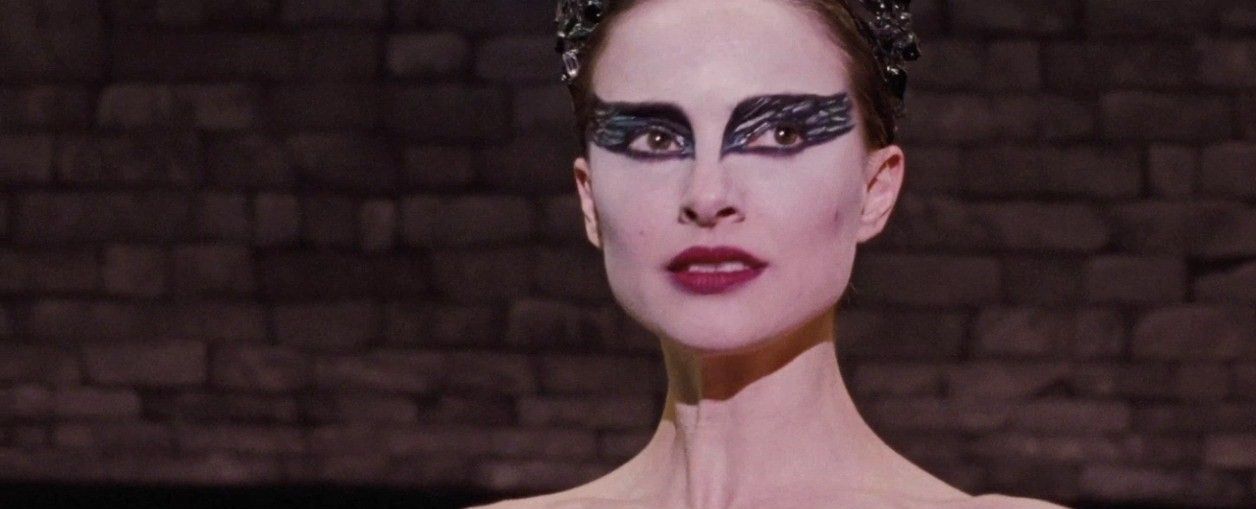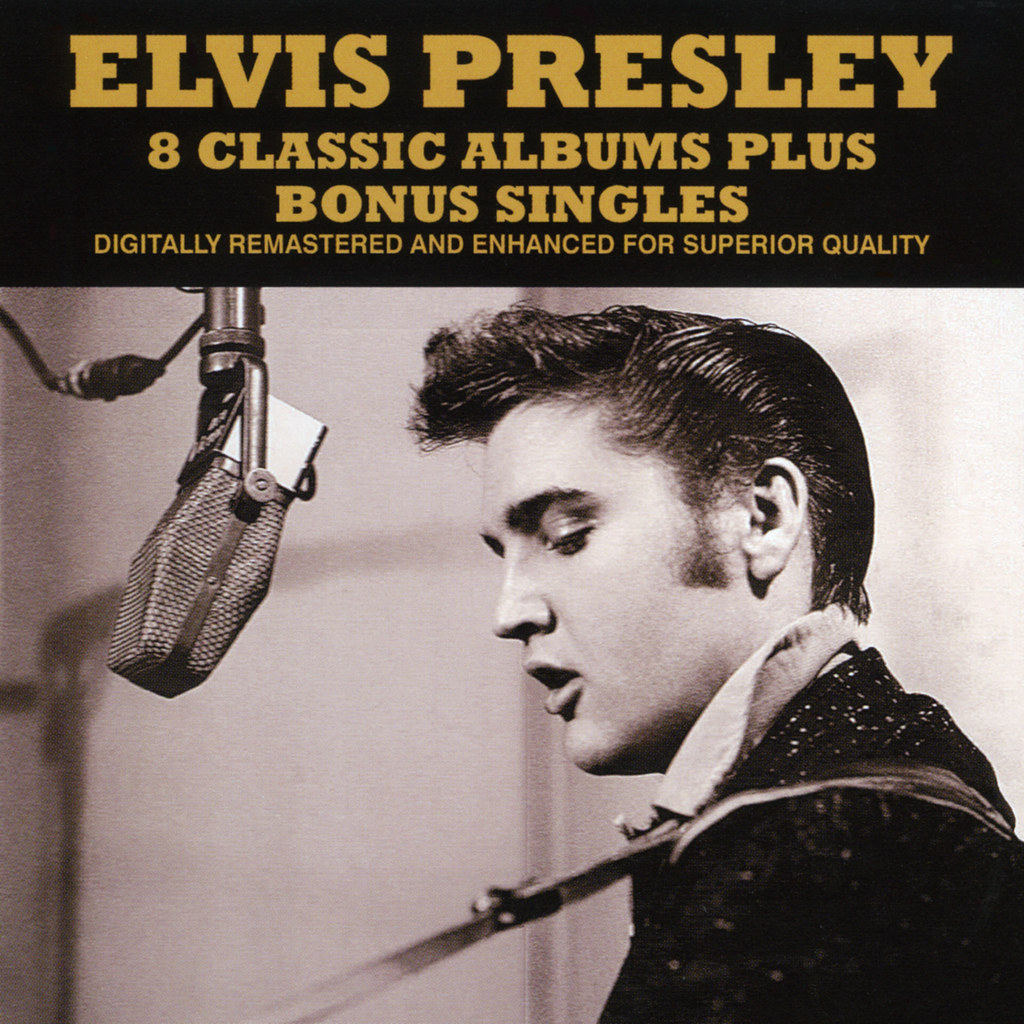
Long before he became an icon, a phenomenon, and ultimately, ‘The King,’ Elvis Presley was just a shy kid from Mississippi with a deep love for music and a nascent talent waiting for its moment to explode. His journey from the poverty-stricken backroads of the South to the hallowed halls of musical legend is a narrative rich with pivotal moments, chance encounters, and an undeniable magnetic force that would forever change the landscape of popular culture. It’s a story that reveals the raw, unfiltered genesis of rock and roll, born from a fusion of sounds and spirits.
This isn’t merely a tale of a superstar being manufactured; it’s an investigative deep dive into the authentic struggles, serendipitous breaks, and sheer artistic hunger that defined Elvis’s earliest days. We’re peeling back the layers of myth to reveal the human story behind the legend, understanding the circumstances that shaped his unique sound and propelled him toward a destiny he could scarcely have imagined. Each step, from his first strum on a gifted guitar to the electrifying moment his voice hit the airwaves, contributed to an unstoppable momentum.
Join us as we chronicle the extraordinary path that led Elvis Presley to his first record deal, exploring the cultural melting pot of Memphis, the vision of a pioneering record producer, and the electrifying live performances that first announced the arrival of a revolutionary new artist. This is the true story, told with the in-depth perspective and vivid detail befitting a true rock and roll saga, showing how a series of seemingly small events converged to create a seismic shift in music history.
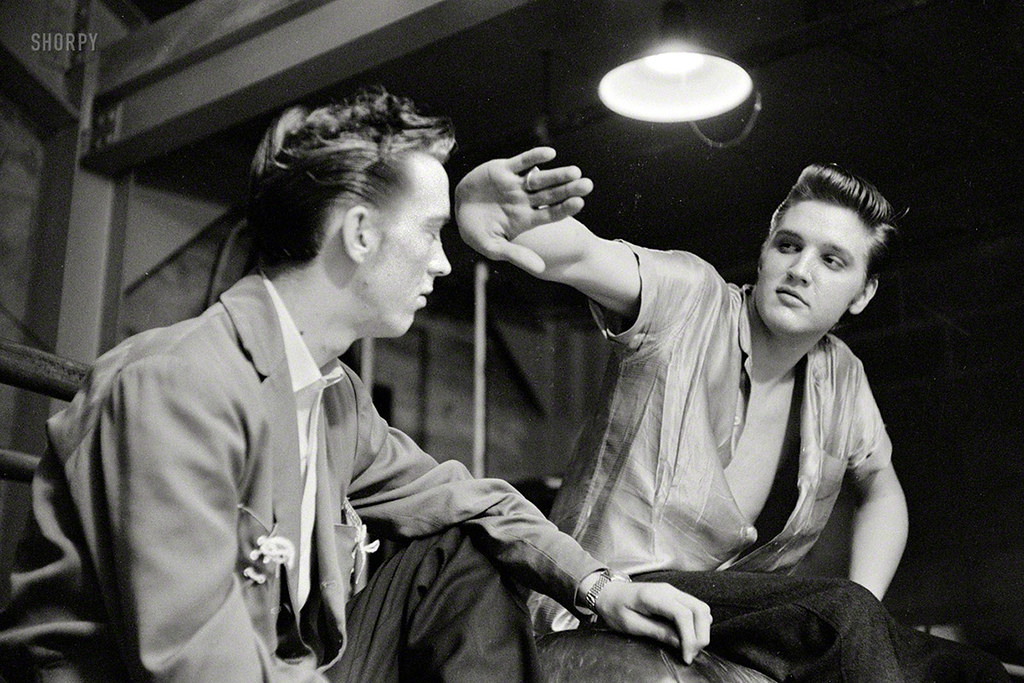
1. **Early Life and Musical Awakening**Elvis Aaron Presley’s journey began humbly on January 8, 1935, in Tupelo, Mississippi, a twin whose brother Jesse Garon was stillborn just 35 minutes before him. Born to Gladys Love (née Smith) and Vernon Presley, young Elvis formed an exceptionally close bond with his parents, particularly his mother. The family’s life was often defined by hardship, with Vernon moving between various odd jobs and the family frequently relying on the generosity of neighbors and government food assistance to get by.
Their struggles were compounded when, in 1938, the Presleys lost their home after Vernon was convicted of altering a check and subsequently spent eight months in jail. Amidst this poverty and instability, Elvis found solace and his earliest musical inspiration within the walls of their Assembly of God church, a place where spirituals and gospel music profoundly resonated with him, laying a foundational layer for his future sound.
In September 1941, Elvis entered first grade at East Tupelo Consolidated, where his teachers described him simply as “average.” His initial foray onto a public stage came on October 3, 1945, at the tender age of 10, during a singing contest at the Mississippi–Alabama Fair and Dairy Show. He performed “Old Shep” and later recalled placing fifth, an early hint of the performer he would become.
Just a few months following this performance, for his birthday, Presley received his very first guitar. He received lessons from two uncles and a pastor at the family’s church, but his approach was largely self-taught. “I took the guitar, and I watched people, and I learned to play a little bit,” Presley recounted. Despite this budding passion, he admitted, “But I would never sing in public. I was very shy about it.” This shyness would be a stark contrast to the electrifying stage presence he would soon develop.
Read more about: Gisele Bündchen’s Jaw-Dropping Journey: 14 Moments That Prove Her Transformation Is Seriously Turning Heads
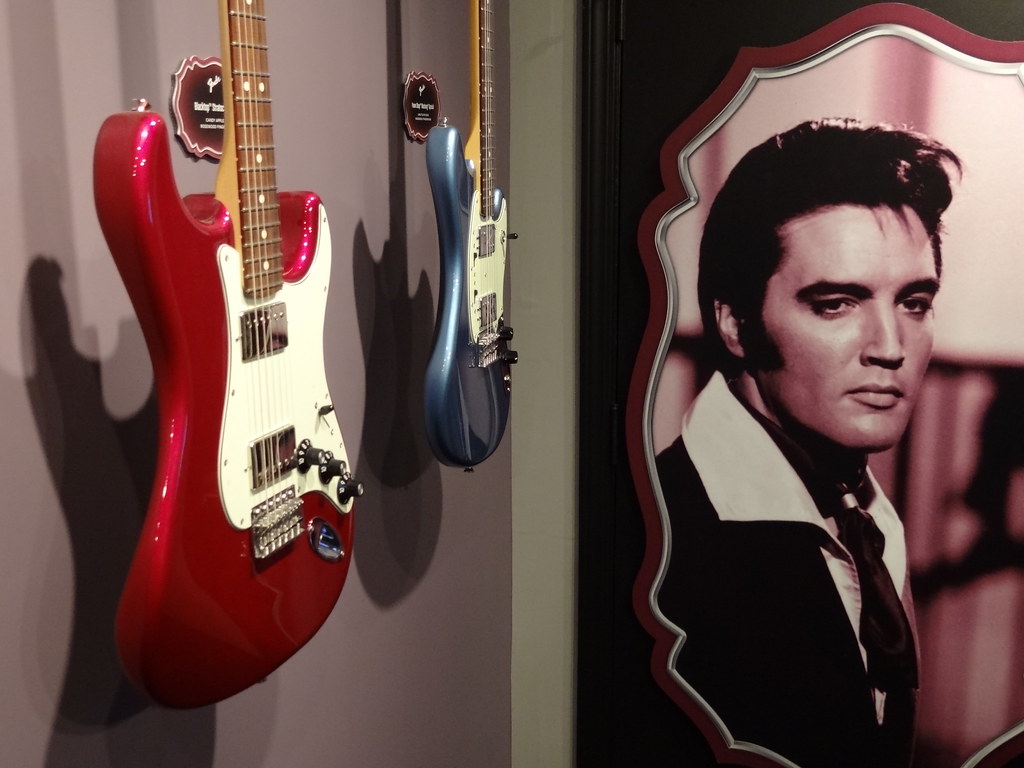
2. **Memphis and the Roots of a Rebel**In September 1946, Presley entered Milam for sixth grade, continuing to explore his musical inclinations by singing and playing his guitar at school the following year. However, his tastes and appearance often set him apart, leading to teasing from classmates who branded him a “trashy” kid playing “hillbilly music.” This early ostracization, however, fueled a distinct identity rather than diminishing it.
Presley became a devoted follower of Mississippi Slim’s radio show, with Slim’s younger brother, a classmate of Elvis, describing him as “crazy about music.” Slim himself took young Presley under his wing, showing him chord techniques that furthered his guitar skills. At just 12 years old, Slim even scheduled Presley for two on-air performances, providing an early taste of the spotlight.
While stage fright overwhelmed him during his first scheduled radio appearance, Presley bravely performed the following week, a testament to his burgeoning determination. These early experiences, both positive and challenging, honed his resilience and deepened his commitment to music. They were crucial in shaping the artist who would later confidently command stages across the globe.
In November 1948, the Presley family relocated to Memphis, Tennessee, a city that would become synonymous with his rise to fame and a vibrant melting pot of musical genres. Enrolling at L. C. Humes High School, Presley initially received a C grade in music in eighth grade, with his music teacher famously suggesting he had “no aptitude for singing.” Undeterred, he brought his guitar to class and performed “Keep Them Cold Icy Fingers Off Me,” showcasing his raw talent.
Despite this defiance, Presley remained largely shy about performing openly and faced occasional bullying for being perceived as a “mama’s boy.” However, by 1950, he began practicing guitar under the tutelage of neighbor Lee Denson, forming a loose musical collective with Denson and three other boys, including the future rockabilly pioneers, brothers Dorsey and Johnny Burnette. These early collaborations were critical for his development.
Read more about: Pedal to the Metal: 14 Classic Rock Gods Who Fueled Your First Wild Rides and Open Road Dreams!
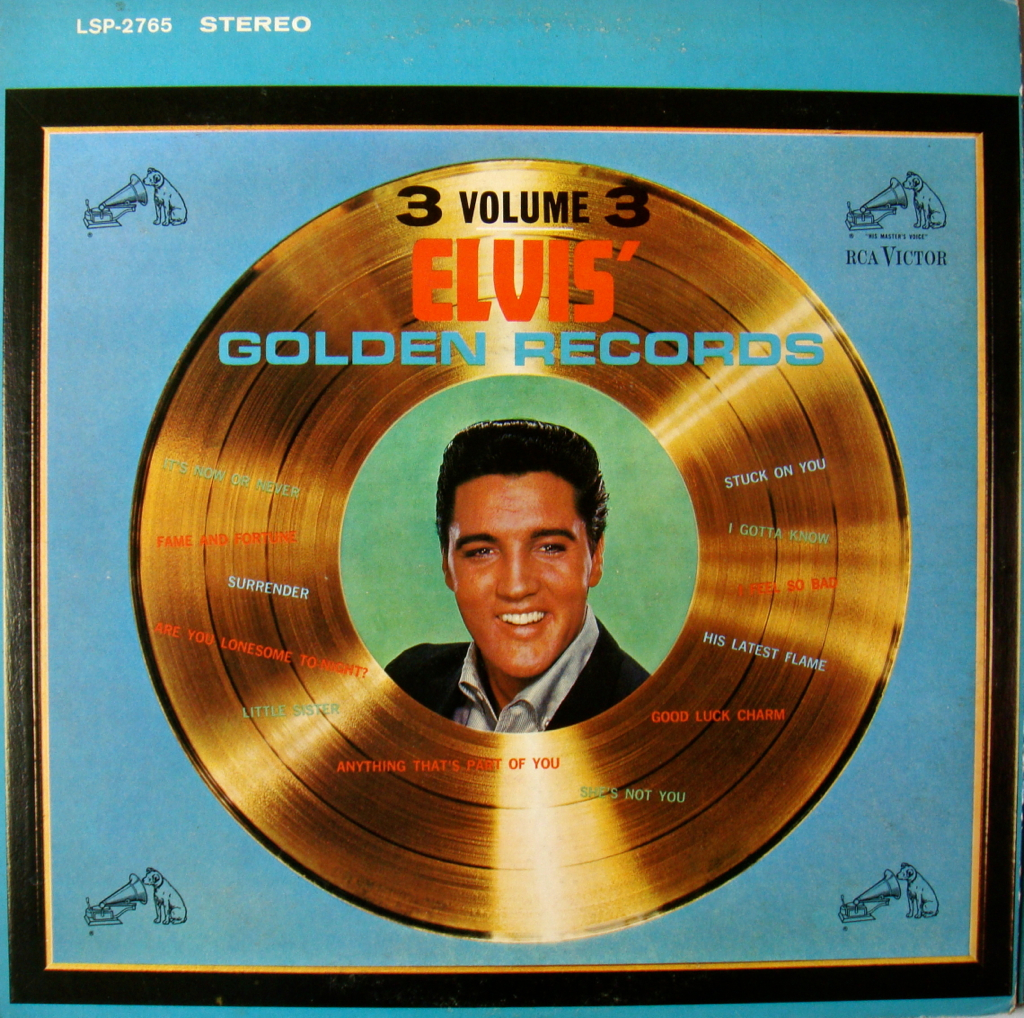
3. **A Budding Talent: Early Influences and Aspirations**During his junior year at Humes High, Presley began to forge a distinctive image that set him apart from his peers. He cultivated longer sideburns and styled his hair in a way that would soon become iconic. This emerging aesthetic was significantly influenced by his frequent visits to Beale Street, the pulsating heart of Memphis’s thriving blues scene, where he admired the “wild, flashy clothes at Lansky Brothers.” By his senior year, he was adopting these sartorial choices, signaling his embrace of a non-conformist identity.
In 1953, Elvis competed in Humes’ Annual “Minstrel” Show, performing Teresa Brewer’s recent hit, “Till I Waltz Again with You,” singing and playing his guitar. This performance marked a turning point in his school life. Presley recalled, “I wasn’t popular in school… I failed music—only thing I ever failed. And then they entered me in this talent show… when I came onstage, I heard people kind of rumbling and whispering and so forth, ‘cause nobody knew I even sang.”
The impact was immediate and profound. “It was amazing how popular I became in school after that,” Presley reflected. This triumph, after years of shyness and being underestimated, instilled in him a newfound confidence and validated his deep-seated passion for music. It was a crucial moment of public affirmation that hinted at the massive appeal he would soon command on a much larger stage.
Despite his inability to read music, Presley possessed an uncanny ability to play by ear, spending countless hours at record stores that offered jukeboxes and listening booths. He was intimately familiar with Hank Snow’s repertoire and revered other country singers like Roy Acuff, Ernest Tubb, and Jimmie Rodgers. The powerful ballad-singing style of Southern gospel artist Jake Hess also left a significant mark, shaping his vocal delivery.
Presley’s musical palate was broad and eclectic, stretching beyond country and gospel. He regularly attended all-night singings downtown where white gospel groups performed music infused with African American spirituals. Furthermore, he tuned into regional radio stations such as WDIA, which broadcasted what were then known as “race records”—spirituals, blues, and the modern, backbeat-heavy rhythm and blues. This immersion in diverse genres, particularly the raw energy of local African-American musicians like Arthur Crudup and Rufus Thomas, would become the crucible for his unique sound. By the time he graduated high school in June 1953, music had solidified as his unquestionable future.
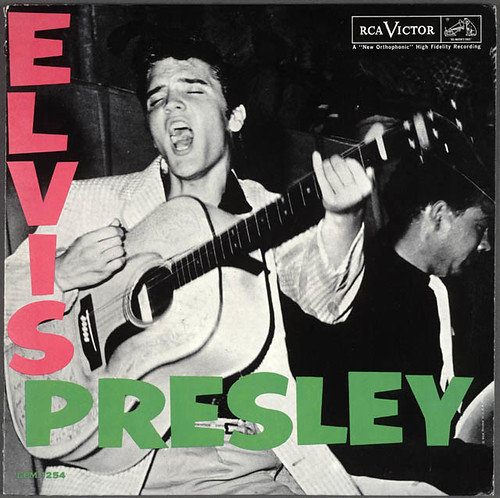
4. **Stepping into Sun Records: The First Attempts**The summer of 1953 marked a critical juncture in Elvis Presley’s journey towards a recording career. In August, he walked into Memphis Recording Service, the precursor to the legendary Sun Records, operated by the visionary Sam Phillips. His initial objective was to pay for studio time to record a two-sided acetate disc, featuring the tracks “My Happiness” and “That’s When My Heartaches Begin.”
Presley later offered varying explanations for this first recording. He sometimes claimed it was intended as a heartfelt birthday gift for his mother, Gladys, a gesture of affection. On other occasions, he suggested he was merely curious to hear what his own voice sounded like on a record. However, biographer Peter Guralnick offered a more compelling theory, arguing that Presley shrewdly chose Sun Records with the distinct hope of being discovered by Phillips, whose reputation for finding raw talent was growing.
This initial recording, while significant in its intent, did not immediately open any doors. Undeterred, Presley returned to Sun in January 1954 to cut a second acetate, this time featuring “I’ll Never Stand in Your Way” and “It Wouldn’t Be the Same Without You.” Yet, like his first attempt, this session also failed to yield any tangible breakthroughs, leaving him still on the periphery of the music industry.
His persistence, however, was clearly evident. Not long after these early Sun sessions, Presley faced further rejections. He failed auditions for a local vocal quartet known as the Songfellows, indicating that his raw talent had not yet found its perfect vehicle or presentation. He also tried out for the band of Eddie Bond, another unsuccessful attempt. These early setbacks, rather than discouraging him, became part of the grueling apprenticeship that forged his resolve.
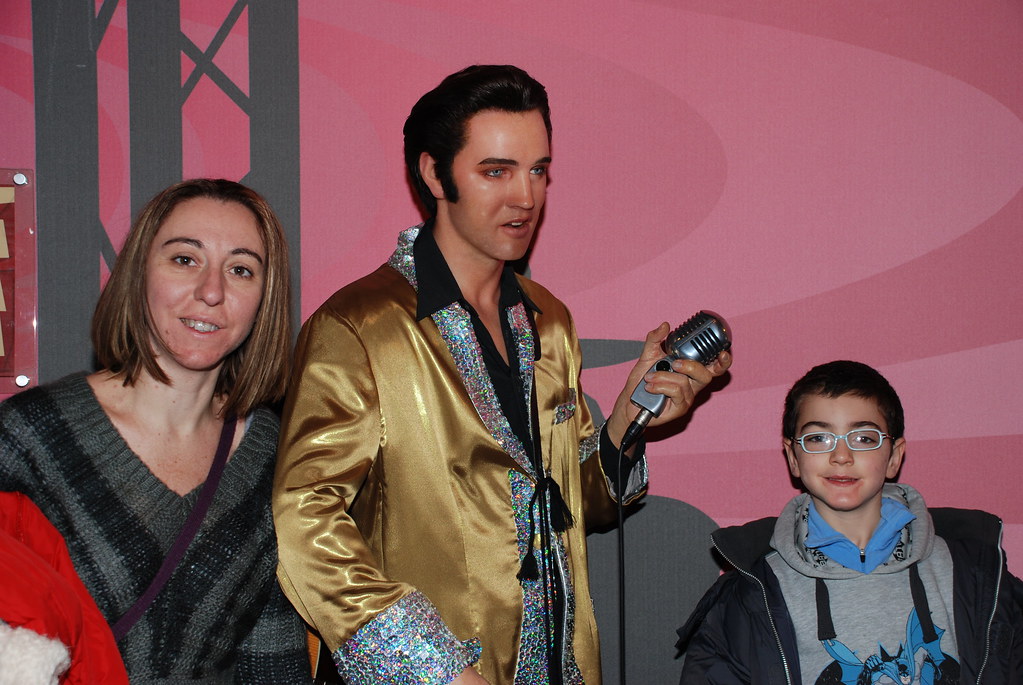
5. **The Serendipitous Jam: “That’s All Right” Emerges**Meanwhile, Sam Phillips, the discerning ear behind Sun Records, was on a relentless quest. He sought a distinctive voice, someone who possessed the authenticity and passion of the black blues and R&B musicians he championed, but who could bring that sound to a broader, predominantly white audience. His studio was a laboratory of sound, and he knew a revolutionary blend was waiting to be discovered.
In June, Phillips acquired a demo recording of a ballad titled “Without You” by Jimmy Sweeney, which he believed might be a suitable fit for Presley. The teenage singer arrived at the studio, eager for another chance, but despite his efforts, he struggled to do the song justice. The session seemed destined for another unproductive outcome, leaving both Phillips and Presley frustrated with the lack of progress.
However, Phillips, sensing something deeper in Presley’s raw talent, urged him to sing other numbers, perhaps just to explore his range or to keep the session alive. What he heard was sufficiently compelling to prompt an extraordinary invitation: Phillips asked two local musicians, the seasoned guitarist Winfield “Scotty” Moore and the upright bass player Bill Black, to work with Presley for a recording session.
The session, held on the evening of July 5, initially proved as unfruitful as the prior attempts, with the musicians struggling to connect with the material. As the hour grew late and they were on the verge of giving up and heading home, something magical happened. Presley, seemingly out of nowhere, launched into an impromptu, playful rendition of Arthur Crudup’s 1946 blues number, “That’s All Right.”
Moore vividly recalled the moment: “All of a sudden, Elvis just started singing this song, jumping around and acting the fool, and then Bill picked up his bass, and he started acting the fool, too, and I started playing with them.” This spontaneous burst of energy and uninhibited joy was precisely the sound Phillips had been searching for. He quickly started taping, recognizing instantly that this was the electrifying, genre-bending fusion that would redefine music.
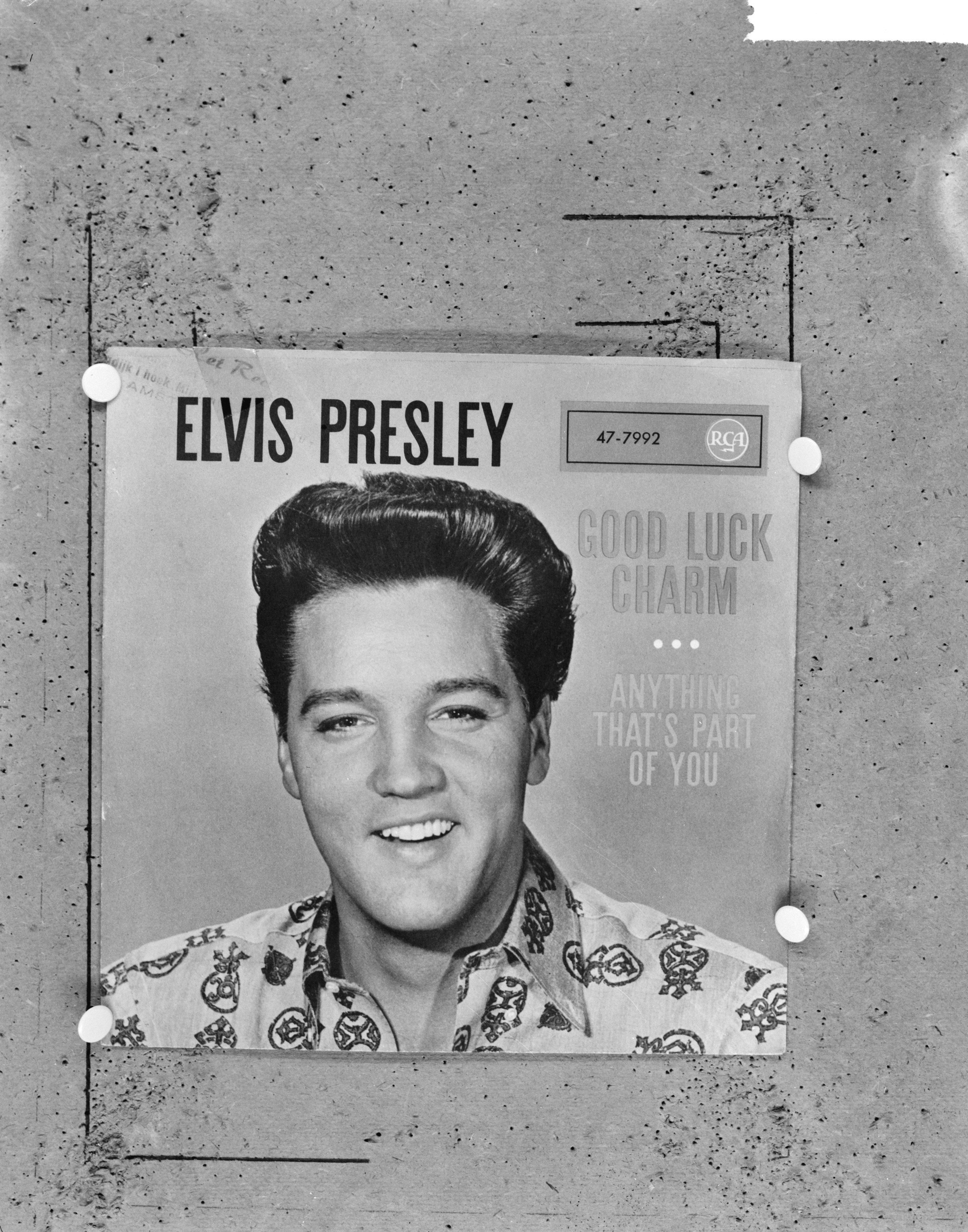
6. **From Obscurity to Airwaves: The Birth of a Regional Hit**The raw, unpolished energy captured during that serendipitous session didn’t languish for long. Just three days after the recording, Sam Phillips brought the acetate of “That’s All Right” to popular Memphis disc jockey Dewey Phillips (no relation to Sam) at WHBQ. Dewey, known for his adventurous “Red, Hot, and Blue” show, was captivated by the unique sound.
He played “That’s All Right” on his show, and the immediate listener interest was so overwhelming that he played the record repeatedly during the remaining two hours of his broadcast. The switchboards lit up with callers, many of whom were intrigued by the singer’s identity and assumed, given the sound, that he must be Black. This public reaction instantly signaled that something extraordinary was happening.
In an on-air interview, Dewey Phillips directly asked Presley which high school he attended, a subtle but effective way to clarify his race for the many callers who were curious. This moment underscored the revolutionary nature of Presley’s music, which so seamlessly blended racial and genre lines that it defied easy categorization and challenged prevailing social norms of the time.
Fueled by this initial success, the newly formed trio—Presley, Moore, and Black—returned to the studio. Over the next few days, they recorded a distinctive version of Bill Monroe’s bluegrass song, “Blue Moon of Kentucky.” Again, they imbued it with their unique style, employing a jury-rigged echo effect that Sam Phillips famously dubbed “slapback,” further defining their signature sound. A single was swiftly pressed, with “That’s All Right” on the A-side and “Blue Moon of Kentucky” on the reverse, setting the stage for regional stardom.
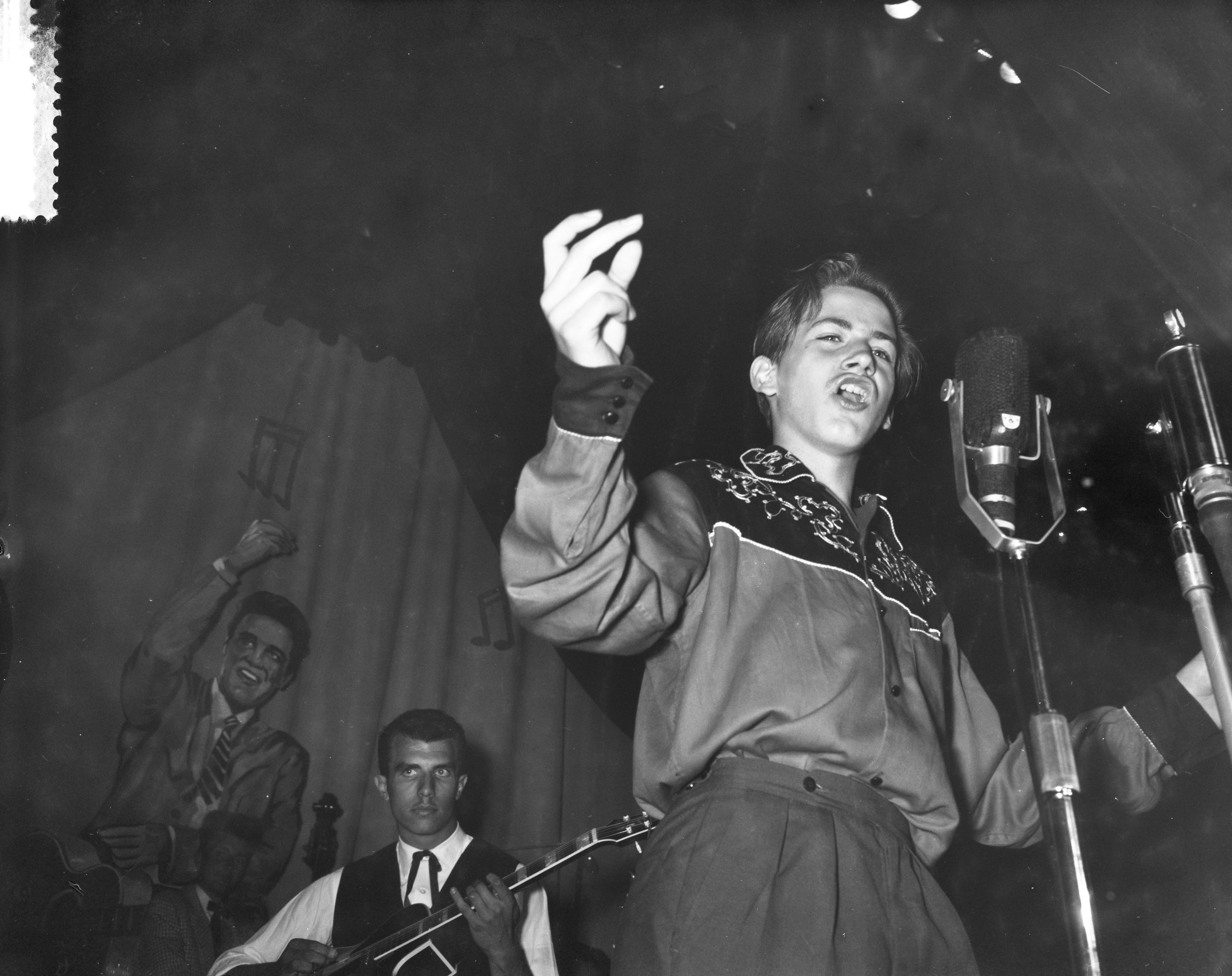
7. **The “Rubber Legs” Phenomenon: Early Live Impact**With a record now generating buzz, the trio needed to translate their studio magic to a live audience. Their first public performance together took place at the Bon Air club on July 17, 1954, a modest but significant debut. Later that month, they appeared at the Overton Park Shell, an outdoor venue where Slim Whitman was headlining, offering them a bigger platform to test their appeal.
It was at the Overton Park Shell that Elvis pioneered what would become his signature dance movement: the “Rubber Legs.” This mesmerizing display was a natural outgrowth of his intense response to rhythm combined with his own stage nervousness. His wide-cut pants, typical of his developing rebellious style, exaggerated his leg movements, and the effect on the young women in the audience was electrifying—they began to scream uncontrollably, heralding a new era of fan frenzy.
Guitarist Scotty Moore vividly recalled the visceral crowd reaction to these early performances. “During the instrumental parts, he would back off from the mic and be playing and shaking, and the crowd would just go wild,” Moore recounted. This physical, uninhibited performance style was unlike anything audiences had seen from a white artist, adding another layer to his burgeoning legend and quickly distinguishing him.
Soon after these initial live dates, Moore and Black recognized the immense potential of their collaboration with Presley and made the pivotal decision to leave their old band to play with him regularly. This cemented the trio as a cohesive unit. Disc jockey and promoter Bob Neal, astute to the rapidly growing phenomenon, stepped in to become the trio’s manager, ready to capitalize on the raw, undeniable talent he saw erupting before him, setting the stage for even greater triumphs.
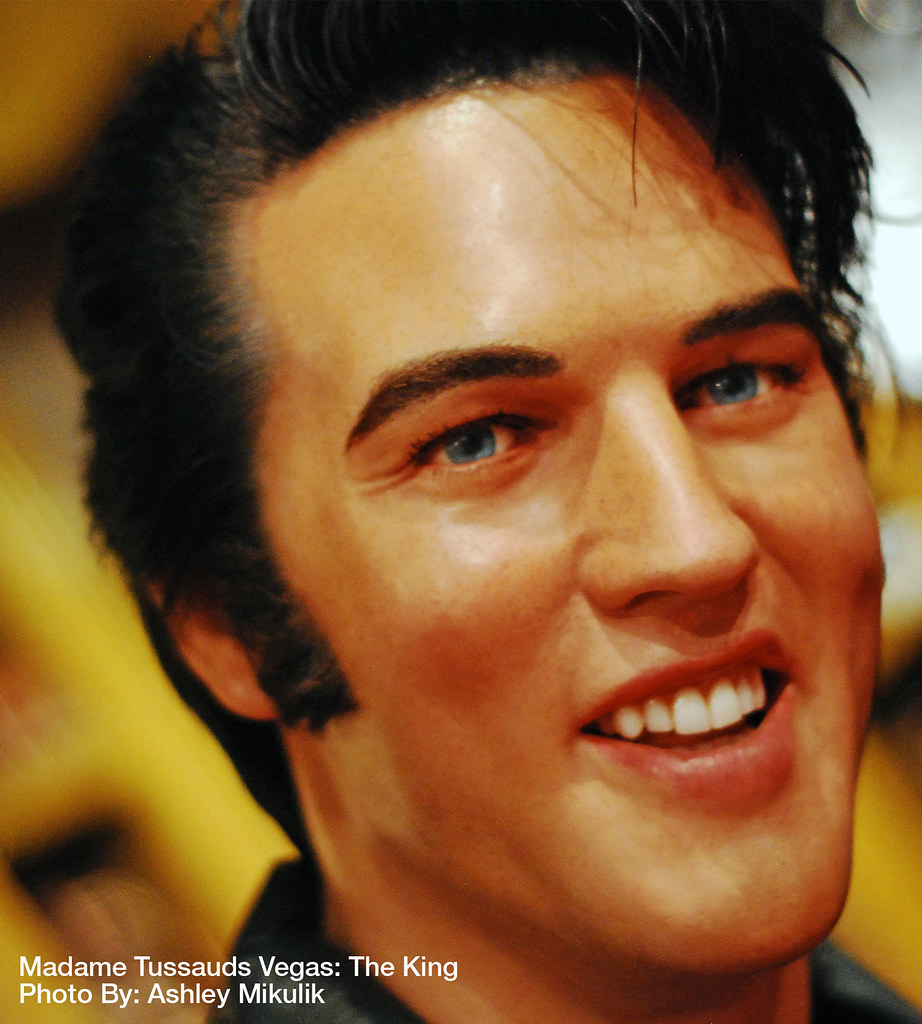
8. **Regional Star to National Sensation: The Louisiana Hayride & Colonel Parker**The path to national recognition for Elvis Presley truly accelerated with his appearances on the “Louisiana Hayride,” a powerful and adventurous radio show reaching 198 stations across 28 states. After a nervous initial performance, his more composed and energetic second set ignited an enthusiastic response from the audience, leading to a year-long contract for Saturday-night appearances. This vital platform, combined with constant touring to new locales across Texas and Arkansas, rapidly solidified his regional stardom, despite earlier rejections like a failed audition for Arthur Godfrey’s national “Talent Scouts.” These experiences were critical for refining his stage presence and understanding his unique appeal.
By early 1955, Presley’s unique blend of sounds had caught the discerning eye of Colonel Tom Parker, whom manager Bob Neal recognized as the “best promoter in the music business.” Parker, a seasoned veteran of managing top country stars like Eddy Arnold and Hank Snow, strategically booked Presley on Snow’s February tour, placing him in a national spotlight alongside established talent. Sun Records, by this time, had released ten sides from “Elvis Presley, Scotty and Bill,” showcasing a “curious blending” of what one journalist described as the “R&B idiom of negro field jazz” and the “country field.” This genre-defying sound struggled for consistent radio airplay, often being deemed “too much like a black artist” for country stations and “too much like a hillbilly” for R&B, ultimately giving birth to the groundbreaking term “rockabilly.”
With Parker’s increasingly astute guidance, Presley’s touring schedule remained relentlessly intense, generating “almost frightening” audience reactions. Neal vividly recalled the intense “jealousy” from teenage boys, sometimes requiring police guards against those who “would practically hate him” and “try to take a crack at him.” The trio expanded into a quartet with the addition of drummer D.J. Fontana, solidifying their dynamic live sound. They even opened for rock and roll pioneer Bill Haley, whose hit “Rock Around the Clock” had already exploded, with Haley wisely advising Presley to sing fewer ballads. This period culminated with Presley being voted the year’s most promising male artist at the Country Disc Jockey Convention in early November, signaling his imminent national breakthrough and paving the way for a momentous record deal.
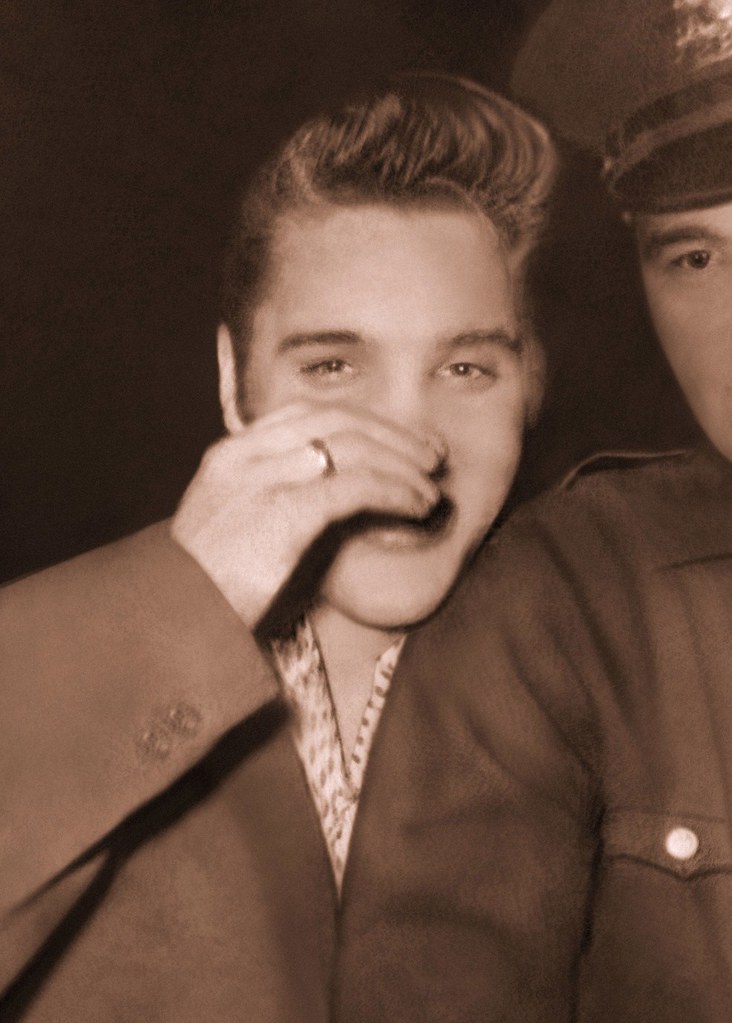
9. **The RCA Victor Deal: A Game-Changing Investment**The monumental shift for Elvis Presley’s career was formally sealed on November 21, when Colonel Tom Parker and Sam Phillips struck an unprecedented deal. RCA Victor acquired Presley’s Sun contract for an astounding $40,000, a sum that not only affirmed his explosive potential but also set a new benchmark in the nascent music industry. As Presley was legally still a minor at 20 years old, his father, Vernon, had to sign the contract, marking the pivotal moment where regional promise met national ambition. This was more than just a record deal; it was a game-changing investment in the future of rock and roll.
Parker’s business acumen extended far beyond the recording contract itself. He swiftly arranged with Jean and Julian Aberbach, owners of Hill & Range Publishing, to establish two new entities: Elvis Presley Music and Gladys Music. This strategic move ensured that Presley would hold a significant stake in the publishing rights of all new material he recorded. Critically, this arrangement also meant that songwriters whose compositions Presley performed were now “obliged to forgo one-third of their customary royalties” in exchange for the unparalleled commercial boost and exposure that came with having the rising star record their work. This complex, and sometimes controversial, structure became a defining aspect of his burgeoning empire, solidifying his financial interests in every recorded composition.
Recognizing the colossal asset they had acquired, RCA Victor wasted no time in capitalizing on their investment. By December, the label had already launched an aggressive national promotional campaign for their new star. This immediate, heavy push included swiftly reissuing many of Presley’s foundational Sun recordings, ensuring that his electrifying, genre-blending sound would reach an even wider, mainstream audience across the country. This meticulous groundwork laid the essential foundation for his impending commercial explosion, transforming him from a celebrated regional anomaly into a mainstream phenomenon primed for superstardom and lasting cultural impact.
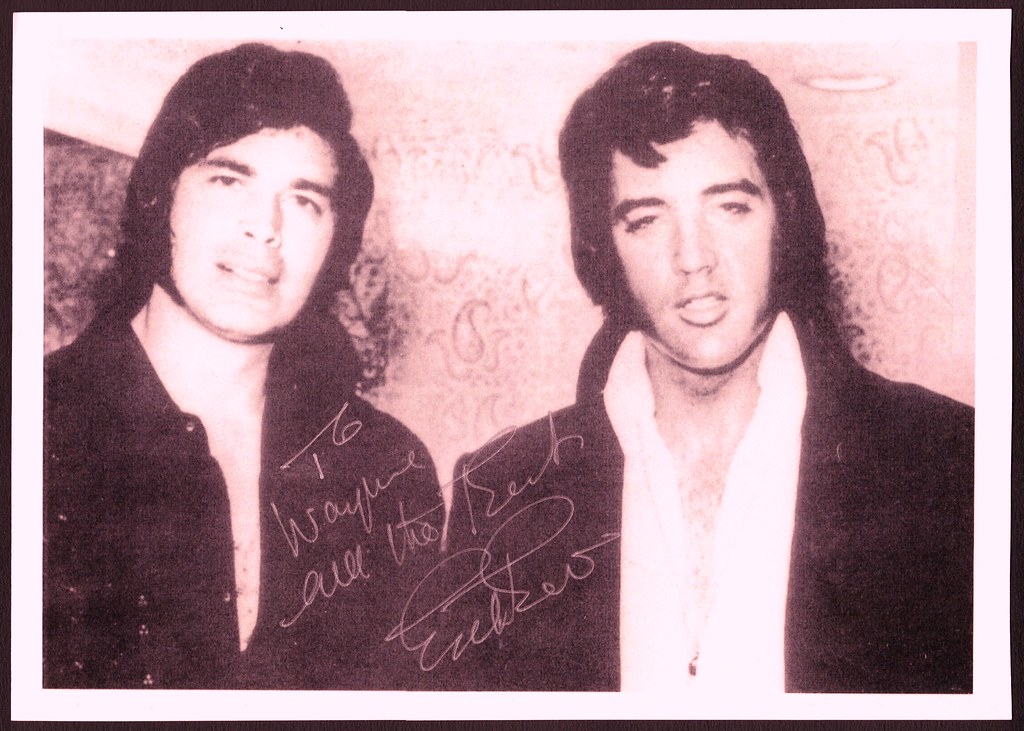
10. **”Heartbreak Hotel” and the Debut Album: Rock and Roll’s New Era**The dawn of 1956 heralded an electrifying new chapter as Elvis Presley entered RCA Victor’s Nashville studio on January 10 for his first major label recordings. This session was not merely a continuation of his established Sun sound; it was an expansion. His customary backup trio of Scotty Moore, Bill Black, and D.J. Fontana was now augmented by Hayride pianist Floyd Cramer, alongside studio legends like guitarist Chet Atkins and the smooth harmonies of three background singers, including Gordon Stoker of the acclaimed Jordanaires quartet. The powerful synergy was immediate and profound, yielding the moody, haunting track titled “Heartbreak Hotel.”
“Heartbreak Hotel,” swiftly released as a single on January 27, rapidly ascended the charts, becoming Presley’s first number-one pop hit just twelve weeks later. Colonel Parker’s relentless promotion continued to bring Presley to national television, booking him for six appearances over two months on CBS’s “Stage Show.” These pivotal broadcasts introduced Presley’s raw energy to millions of viewers, captivating audiences and sparking immense public fascination and debate. Following his debut, Presley remained in New York to record at RCA Victor’s studio, yielding eight more songs, including a potent cover of Carl Perkins’ iconic rockabilly anthem, “Blue Suede Shoes.”
The anticipation culminated with the release of Presley’s self-titled debut album on March 23. This groundbreaking LP was a carefully curated collection, combining five previously unreleased Sun recordings with seven newly cut tracks, showcasing his remarkable versatility. Its eclectic mix featured two country songs, a bouncy pop tune, and, crucially, three R&B numbers—covers of Little Richard, Ray Charles, and The Drifters—that were already staples of his electrifying stage repertoire. Critic Robert Hilburn lauded these R&B interpretations, noting how Presley “not only injected the tunes with his own vocal character but also made guitar, not piano, the lead instrument in all three cases,” a distinct and revolutionary departure from many white artists who typically “watered down the gritty edges of the original R&B versions.” The album’s impact was instantaneous and revolutionary; *Elvis Presley* became the first rock and roll album to ever top the Billboard chart, holding that coveted position for an astounding ten weeks. Cultural historian Gilbert B. Rodman observed that the album’s iconic cover image—depicting “Elvis having the time of his life on stage with a guitar in his hands”—played a “crucial role in positioning the guitar… as the instrument that best captured the style and spirit of this new music.” It was an undeniable declaration: rock and roll, powered by Elvis, had officially arrived.
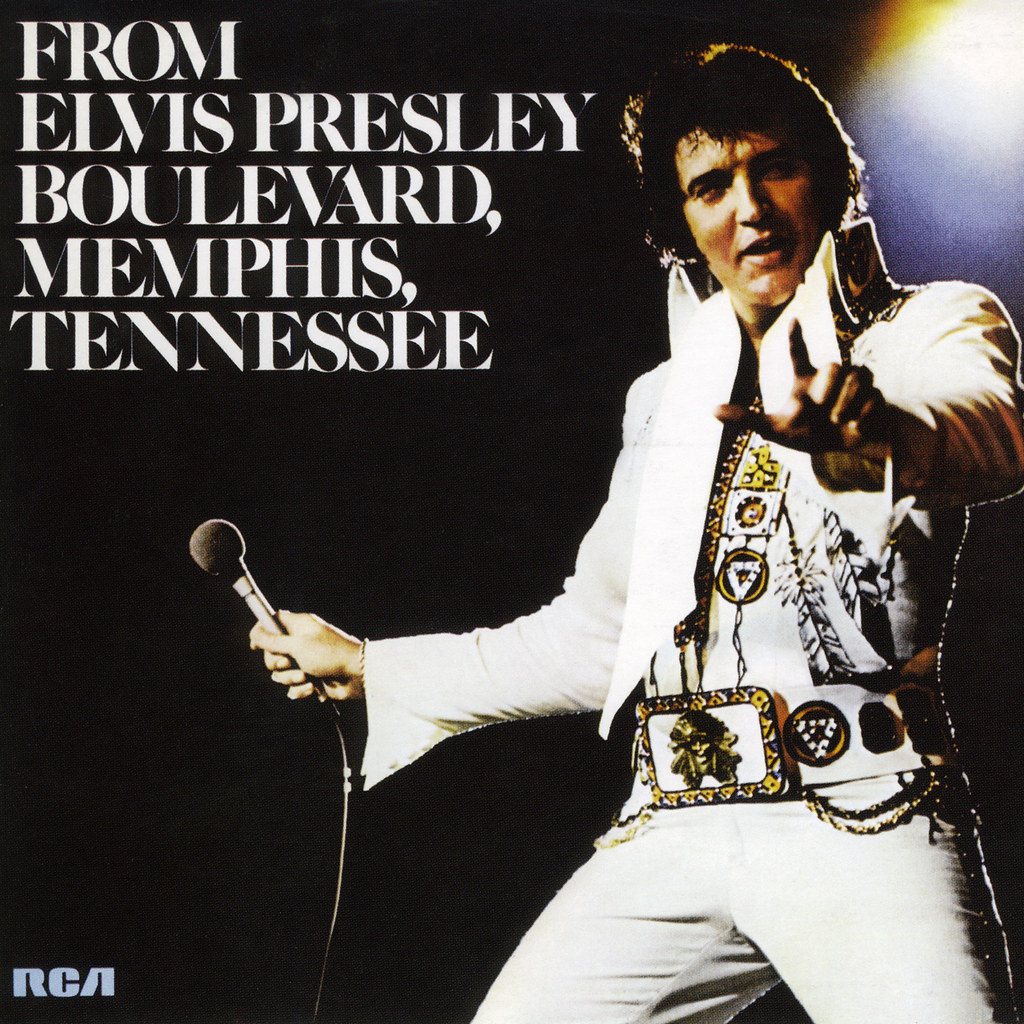
11. **The Milton Berle Show: The “Pelvis” Ignites Controversy**As 1956 progressed, Elvis Presley’s star continued its meteoric rise, amplified by a string of hit records and increasing television exposure. His first of two scheduled appearances on NBC’s “The Milton Berle Show” on April 3, broadcast from the deck of the USS Hancock in San Diego, garnered fervent cheers and screams from an audience of sailors and their dates. This enthusiasm was soon followed by “Heartbreak Hotel” becoming his first number-one pop hit. However, a two-week residency at the New Frontier Hotel and Casino in Las Vegas proved less successful with its conservative, middle-aged guests, described by a *Newsweek* critic as “like a jug of corn liquor at a champagne party,” clashing sharply with Presley’s raw, uninhibited style.
Despite the lukewarm Vegas reception, this period proved pivotal for Presley’s future. Amidst his residency, he solidified his burgeoning acting ambitions by signing a seven-year contract with Paramount Pictures, anticipating a significant film career. It was also during this time that Presley, after attending several shows by Freddie Bell and the Bellboys, adopted their electrifying cover of “Hound Dog” as his new, explosive closing number. Yet, the raw energy and increasingly suggestive movements of his live performances began to draw intense scrutiny and moral panic. Following a show in La Crosse, Wisconsin, an urgent message on the local Catholic diocese’s newspaper letterhead was sent to FBI director J. Edgar Hoover, starkly warning that “Presley is a definite danger to the security of the United States” due to his actions that “rouse the ual passions of teenaged youth.”
The controversy climaxed with his second “Milton Berle Show” appearance on June 5. Berle, perhaps sensing the brewing storm of public disapproval, persuaded Presley to leave his guitar backstage. During an up-tempo rendition of “Hound Dog,” Presley abruptly halted the song to launch into a slow, grinding version, accentuated by dramatically exaggerated body movements that sent shockwaves across the nation. His gyrations created an immediate firestorm. Critics were scathing: Jack Gould of *The New York Times* dismissed him, stating, “Mr. Presley has no discernible singing ability… His one specialty is an accented movement of the body… primarily identified with the repertoire of the blond bombshells of the burlesque runway.” Ben Gross of the *New York Daily News* went further, calling it “suggestive and vulgar, tinged with the kind of animalism that should be confined to dives and bordellos.” Ed Sullivan himself, whose variety show was the nation’s most popular, declared Presley “unfit for family viewing.” To his chagrin, Presley was soon universally dubbed “Elvis the Pelvis,” a moniker he found “childish,” but one that cemented his image as a controversial, electrifying, and now universally recognized, cultural force.
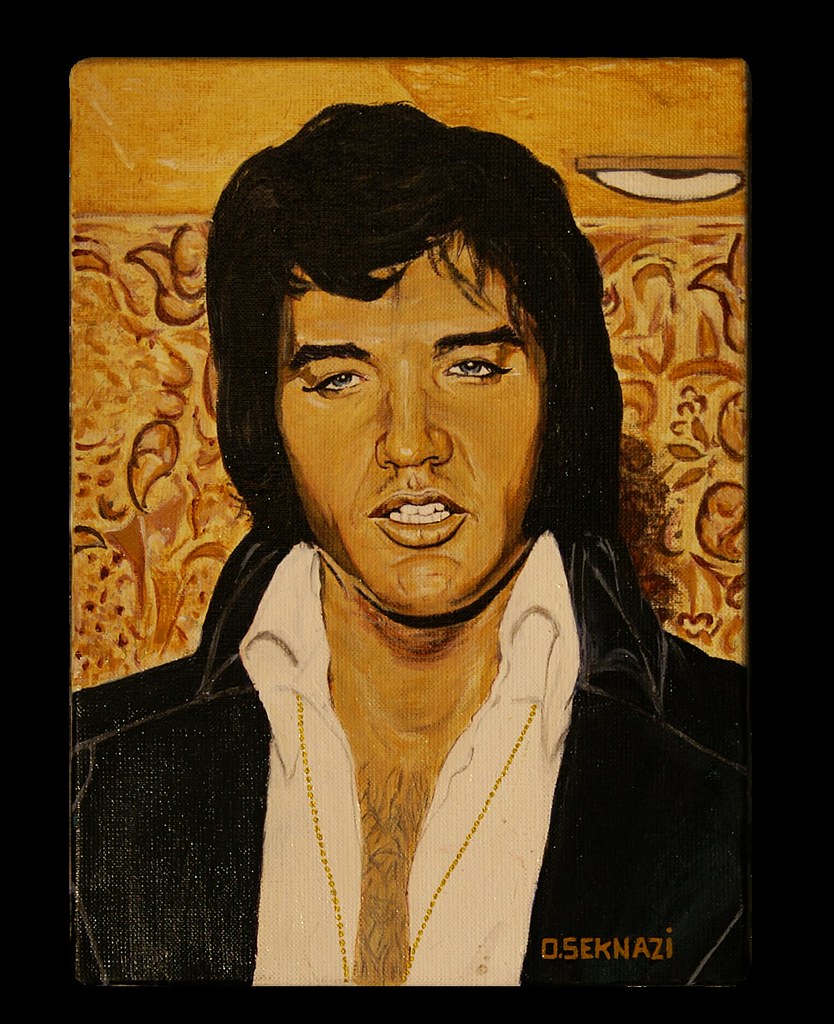
12. **The Steve Allen Show and Ed Sullivan: Taming the Wild Man?**The intense controversy ignited by his “Milton Berle Show” performance propelled Elvis Presley into an even brighter, albeit more scrutinized, national spotlight. The Berle shows’ astronomically high ratings led to a highly anticipated July 1 appearance on NBC’s “The Steve Allen Show” in New York. Allen, famously no fan of rock and roll, orchestrated a performance specifically intended to “tame” the wild phenomenon. Dressed in a white bowtie and black tails, Presley famously sang “Hound Dog” for less than a minute to a basset hound wearing a top hat and bowtie—a moment he later deemed the most ridiculous performance of his career, admitting to a reporter, “I won’t be able to give the kind of show I do in a personal appearance” under such constraints.
Yet, even amidst artistic compromises, Presley remained defiant in his convictions. Later that same night, appearing on the local television show “Hy Gardner Calling,” he asserted his unwavering belief, stating, “No, I haven’t… I don’t see how any type of music would have any bad influence on people when it’s only music… how would rock ‘n’ roll music make anyone rebel against their parents?” This statement captured his genuine conviction, even as adult society perceived him as a profound threat. The very next day, he returned to the studio to record definitive versions of “Hound Dog,” “Any Way You Want Me,” and “Don’t Be Cruel,” cementing the Jordanaires as his backing vocalists for the remainder of the 1960s. Further challenges emerged as a judge in Jacksonville, Florida, ordered him to tame his act, to which he mockingly responded by suggestively wiggling his little finger during a subsequent performance, a subtle act of defiance.
This blend of artistic prowess and rebellious spirit, despite (or perhaps because of) the public outcry, saw the single pairing “Don’t Be Cruel” with “Hound Dog” dominate the charts for an astonishing eleven weeks—a record that would stand for 36 years. The ratings triumph of Allen’s show featuring Presley over “The Ed Sullivan Show” proved to be the ultimate turning point. Ed Sullivan, despite his earlier reservations and infamous “Coke bottle” theory about Presley’s stage presence, swiftly booked the sensation for three appearances at an unprecedented $50,000. On September 9, 1956, Presley made his debut on Sullivan’s show, hosted by Charles Laughton, and watched by an estimated 60 million viewers—a staggering 82.6 percent of the television audience. Though the camerawork was relatively discreet, the studio audience reacted with uncontrollable screams, and his performance of his forthcoming single, the ballad “Love Me Tender,” prompted a record-shattering million advance orders. More than any other single event, this first appearance on “The Ed Sullivan Show” irrevocably transformed Elvis Presley into a national celebrity, solidifying his role as the undeniable symbol of a burgeoning “integrated youth culture.”
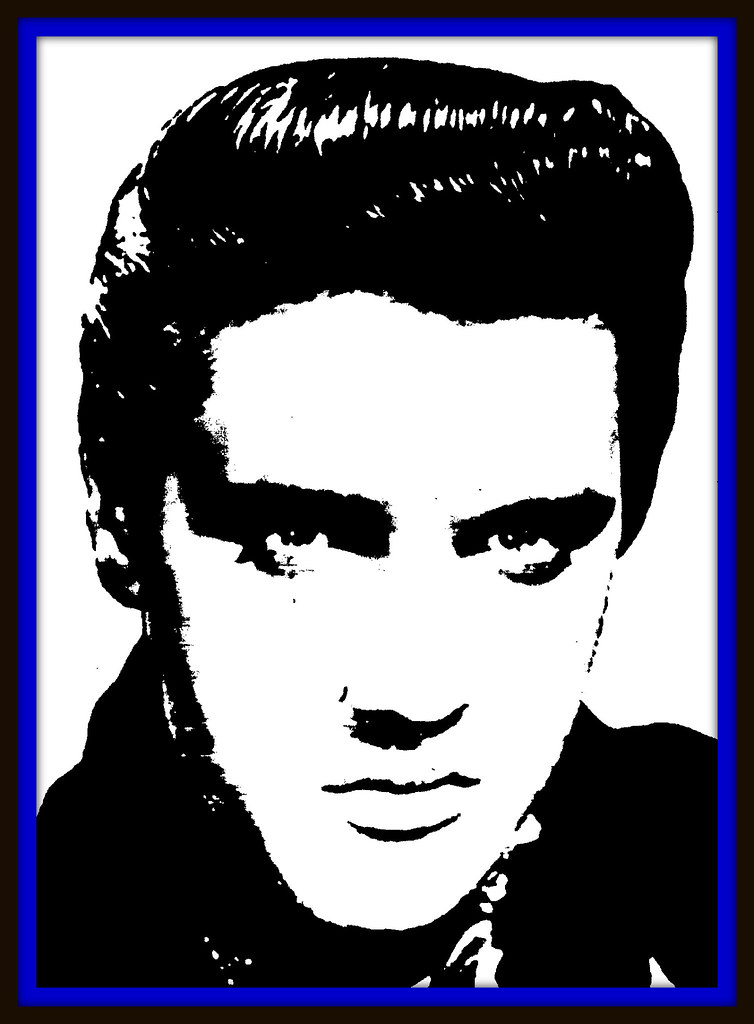
13. **Film Debut and Commercial Juggernaut: Solidifying the Legend**As Elvis Presley cemented his national celebrity, the audience response at his live shows didn’t just intensify; it escalated into a phenomenon of unprecedented frenzy. Scotty Moore, his guitarist, vividly recalled, “He’d start out, ‘You ain’t nothin’ but a Hound Dog,’ and they’d just go to pieces. They’d always react the same way. There’d be a riot every time.” This wild, almost uncontrollable adoration, while exhilarating for fans, became a significant public safety concern. At two concerts in September at the Mississippi–Alabama Fair and Dairy Show, fifty National Guardsmen had to be deployed to assist police in preventing riots, a stark testament to the raw, visceral power of his performances and the devotion he inspired.
Amidst this whirlwind of live adoration and public scrutiny, his second RCA Victor album, *Elvis*, released in October, swiftly climbed to number one. This album was particularly notable for including “Old Shep,” the song he had sung at the 1945 talent show, and marked the first time he played piano on an RCA Victor session. Music critic Dave Marsh, assessing the monumental impact of Presley’s recordings from “That’s All Right” through *Elvis*, declared that “these records, more than any others, contain the seeds of what rock & roll was, has been and most likely what it may foreseeably become.” Presley returned to “The Ed Sullivan Show” on October 28, this time with Sullivan himself as host, further cementing his place in American living rooms, though disturbing reactions like effigy burning in Nashville and St. Louis highlighted the deeply polarized public opinion he incited.
Despite the swirling controversies, Hollywood beckoned once more, eager to capitalize on his undeniable appeal. His first motion picture, *Love Me Tender*, premiered on November 21. Originally titled *The Reno Brothers*, the film’s name was strategically changed to capitalize on the massive success of his latest number-one record, “Love Me Tender,” which had already topped the charts that month. To further leverage his immense popularity, four musical numbers were hastily added to what was initially conceived as a straight acting role. While critics largely panned the film, its box office success was undeniable, proving Presley’s drawing power extended far beyond music. This venture established a crucial precedent: Presley would receive top billing on every subsequent film he made, illustrating his unassailable star power and guaranteeing his foray into cinema.
The year 1956 concluded with a legendary, impromptu jam session on December 4 at Sun Records, where Carl Perkins and Jerry Lee Lewis were recording, unexpectedly joined by Johnny Cash. Though Sam Phillips no longer held the rights to release Presley’s material, he wisely ensured the session was captured on tape. These recordings, which wouldn’t be officially released for twenty-five years, became revered as the “Million Dollar Quartet” sessions—a spontaneous collision of rock and roll titans. Commercially, the year was unprecedented: a *Wall Street Journal* front-page story reported that Presley merchandise alone had generated an astonishing $22 million, in addition to his record sales. *Billboard* declared he had placed more songs in the top 100 than any other artist since records were first charted, with Presley accounting for over fifty percent of RCA Victor’s single sales in his first full year with the company. This was the undisputed reign of a new King.
Read more about: From Rhodes Scholar to Rebel Star: Tracing Kris Kristofferson’s Unconventional Path to Hollywood Stardom
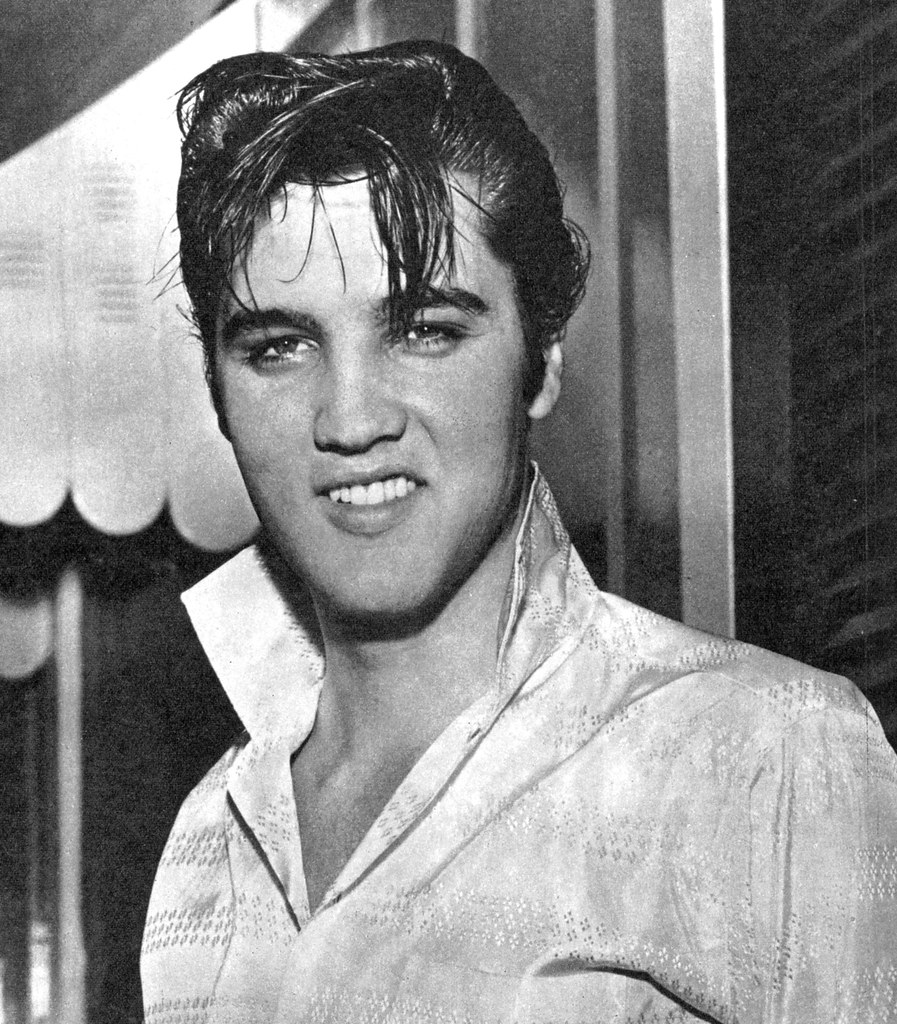
14. **Leiber & Stoller, Graceland, and the Draft Notice**The year 1957 commenced with Elvis Presley making his third and final appearance on “The Ed Sullivan Show” on January 6—a broadcast famously, and controversially, shot only down to the waist. Some commentators suggested Colonel Parker orchestrated this apparent censorship to generate more publicity, a clever manipulation of media scrutiny. Whatever the intention, Presley certainly wasn’t “tied down.” As critic Greil Marcus described, he appeared in “the outlandish costume of a pasha, if not a harem girl… with all stops out.” To close the show and defy Sullivan’s wishes, Presley delivered a gentle, profound black spiritual, “Peace in the Valley,” showcasing his versatility and depth. Sullivan, softening his earlier stance, declared Presley “a real decent, fine boy” at the show’s conclusion. Just two days later, a stark reminder of his civilian obligations arrived: the Memphis draft board announced that Presley would be classified 1-A and was likely to be drafted sometime that year.
Despite this looming military service, his musical momentum was unstoppable. Each of the three singles released in the first half of 1957—”Too Much,” “All Shook Up,” and “(Let Me Be Your) Teddy Bear”—soared to number one. His fame wasn’t just national; he was now an international star, captivating fans even in places where his music wasn’t officially released, with *The New York Times* reporting that pressings of his music on discarded X-ray plates were fetching high prices in Leningrad. On March 19, 1957, Presley purchased his iconic 18-room mansion, Graceland, a testament to his phenomenal commercial success and a future monument to his legacy. Prior to this, he recorded *Loving You*, the soundtrack to his second film, released in July, which promptly became his third straight number-one album. Its title track, a hit, was penned by the celebrated songwriting duo Jerry Leiber and Mike Stoller.
Leiber and Stoller were then retained to write four of the six songs recorded for his next film, *Jailhouse Rock*, effectively producing the sessions and forging a close working relationship with Presley, who came to regard them as his “good-luck charm.” Leiber marveled at Presley’s innate talent, noting, “He was fast. Any demo you gave him he knew by heart in ten minutes.” The film’s title track became another number-one smash, as did the accompanying *Jailhouse Rock* EP, further cementing his dominance across both music and film. Despite this success, Presley’s brief tours during the year continued to incite a “crazed audience response,” with a Detroit newspaper ominously suggesting that “the trouble with going to see Elvis Presley is that you’re liable to get killed.” Instances like Villanova students pelting him with eggs in Philadelphia and a riot after a Vancouver show underscored the volatile adoration. This era also saw rock and roll ignite a cultural clash, epitomized by Frank Sinatra, who vehemently decried rock and roll as “brutal, ugly, degenerate, vicious… This rancid-smelling aphrodisiac I deplore.” Presley, ever respectful yet firm, countered, “I admire the man. He has a right to say what he wants to say… but I think he shouldn’t have said it… This is a trend, just the same as he faced when he started years ago.” The year concluded with the recording of *Elvis’ Christmas Album*, which included the Leiber and Stoller blues track “Santa Claus Is Back in Town,” becoming the best-selling Christmas album ever. However, behind the scenes, Moore and Black, drawing only modest weekly salaries, briefly resigned due to the massive financial disparity, though they were brought back on a per diem basis. On December 20, Presley received his draft notice, though a deferment was granted to allow him to complete his forthcoming film, *King Creole*, setting the stage for a new, unexpected chapter.
Read more about: Unraveling the Roots of a Legend: Elvis Presley’s Journey Before His Family Began
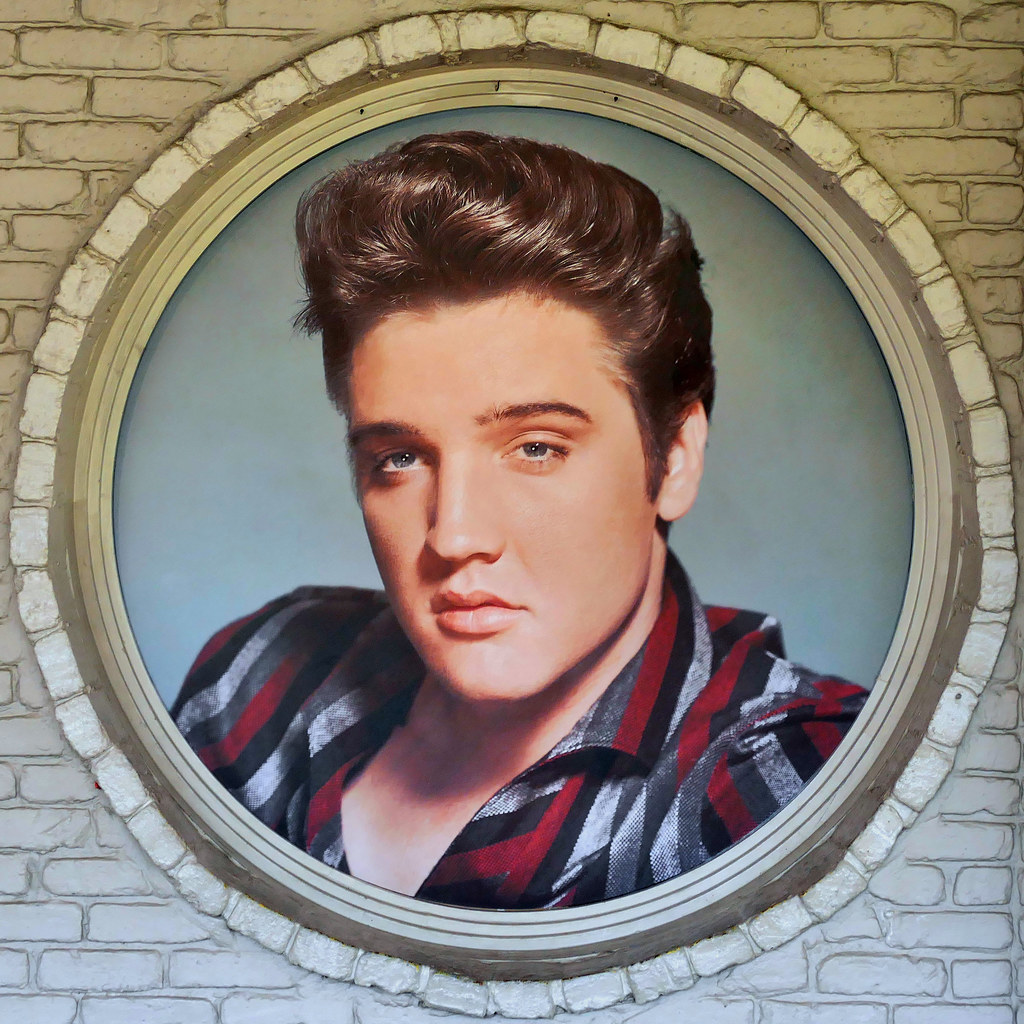
15. **Military Service and the Preserved Legacy**The inevitable arrived on March 24, 1958, when Elvis Presley was drafted into the United States Army at Fort Chaffee in Arkansas. His induction was nothing short of a major media event, with hundreds of people descending upon him. Yet, Presley expressed a genuine desire “not to be treated any differently from anyone else,” a sentiment that garnered widespread respect and admiration across the nation. Between March 28 and September 17, 1958, he completed his demanding basic and advanced training at Fort Hood, Texas, even managing to squeeze in a recording session for five songs during a brief two-week leave. However, tragedy struck in early August when his beloved mother, Gladys, was diagnosed with hepatitis and her condition rapidly worsened. Presley was granted emergency leave, but just two days after his arrival in Memphis, on August 14, she succumbed to heart failure at the age of 46. Her death devastated Presley, leaving an irreparable void in his exceptionally close bond with her, and he was, in many ways, never truly the same.
On October 1, 1958, Presley was assigned to the 1st Medium Tank Battalion, 32d Armor, 3d Armored Division, stationed at Ray Barracks in West Germany, where he served as an armor intelligence specialist. During his time overseas, his personal habits evolved; he was introduced to amphetamines while on maneuvers and became “practically evangelical about their benefits,” using them not only for energy but for perceived “strength” and weight loss. He also developed a lifelong interest in karate, studying with Jürgen Seydel and later integrating it into his electrifying live performances. Despite his unparalleled fame, fellow soldiers consistently attested to Presley’s genuine wish to be perceived as an able, ordinary soldier, actively resisting any preferential treatment. His generosity was legendary: he famously donated his Army pay to charity, purchased television sets for the base, and even bought an extra set of fatigues for everyone in his outfit, embodying a humility that endeared him to his comrades. His military career saw him earn promotions, ultimately becoming sergeant by February 11, 1960.
It was while stationed in Bad Nauheim, Germany, that the 24-year-old Presley met 14-year-old Priscilla Beaulieu, beginning a seven-and-a-half-year courtship that would culminate in marriage. Priscilla later revealed Presley’s deep concern that his 24 months in the military would ruin his career. While serving in Special Services would have allowed him to perform and maintain public visibility, Colonel Parker shrewdly convinced him that to gain widespread popular respect, he must serve as a regular soldier. To assuage these fears and strategically maintain his market presence, RCA producer Steve Sholes and Freddy Bienstock of Hill & Range publishing meticulously managed his substantial amount of unreleased material, ensuring a steady stream of successful releases. Between his induction and discharge, Presley amassed ten top-40 hits, including “Wear My Ring Around Your Neck,” the bestselling “Hard Headed Woman,” and “One Night” in 1958, and “(Now and Then There’s) A Fool Such as I” and the number-one “A Big Hunk o’ Love” in 1959. RCA also generated four albums compiling previously issued material during this period, most notably *Elvis’ Golden Records* (1958), which peaked at number three on the LP chart, strategically preserving his career and setting the stage for his triumphant return in 1960.
Read more about: The Epsom Derby: 12 Unforgettable Chapters That Demanded the World’s Attention
From the raw talent discovered in a serendipitous jam session—a moment ignited by a chain of events perhaps unimaginable, including the desperate need for a car to simply get by—Elvis Presley had, by the close of the 1950s, not just found his voice but amplified it globally. His journey from a shy Mississippi kid to a cultural titan, enduring intense scrutiny and serving his country, cemented his unparalleled status. The foundation laid in these explosive years, marked by breakthrough records, iconic television moments, and an unwavering connection with his audience, ensured that even a two-year military hiatus could not diminish the reign of ‘The King.’ His return would only prove the phenomenon sparked by those early recordings was destined to leave an indelible mark on music, culture, and history itself.

